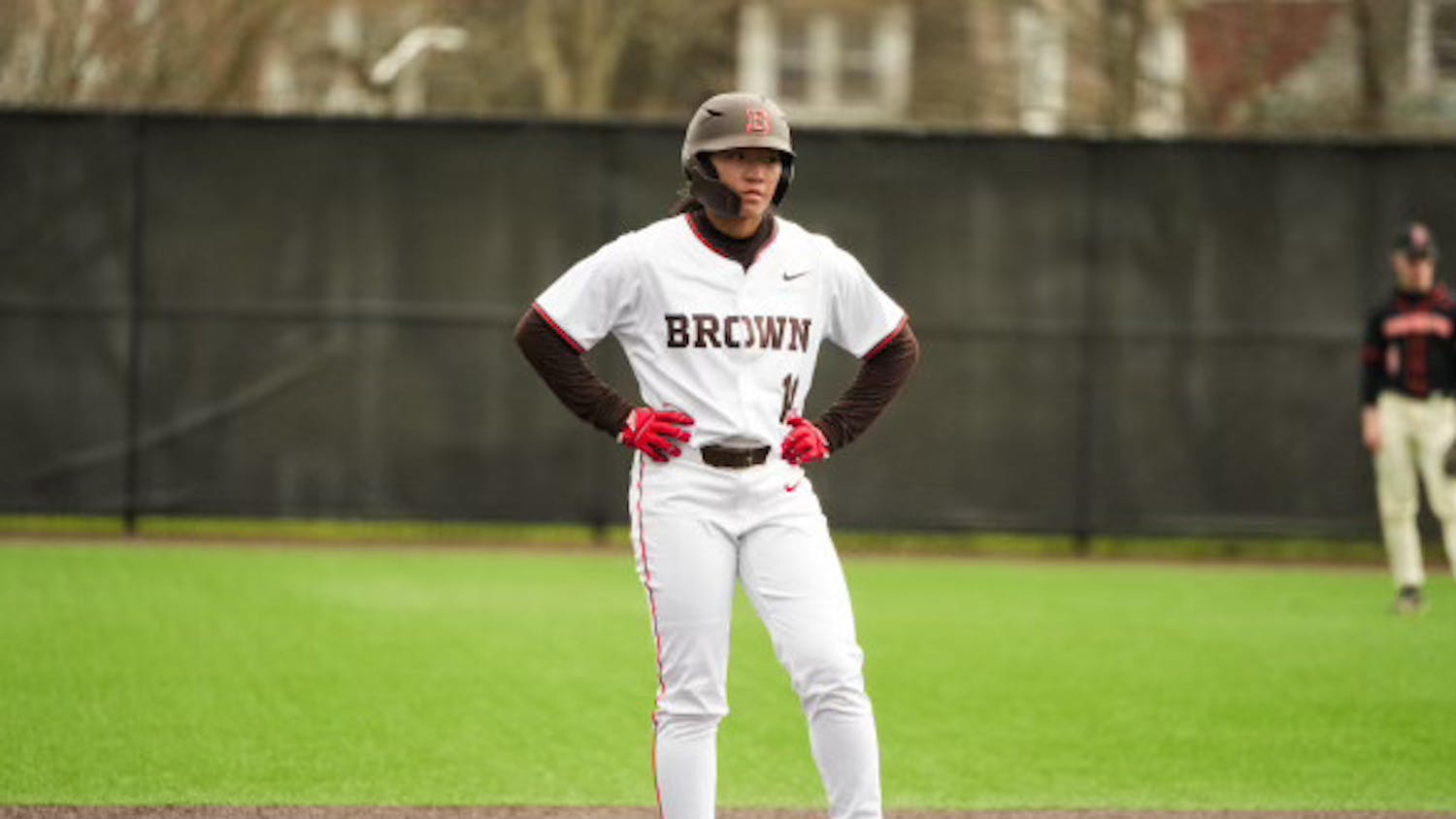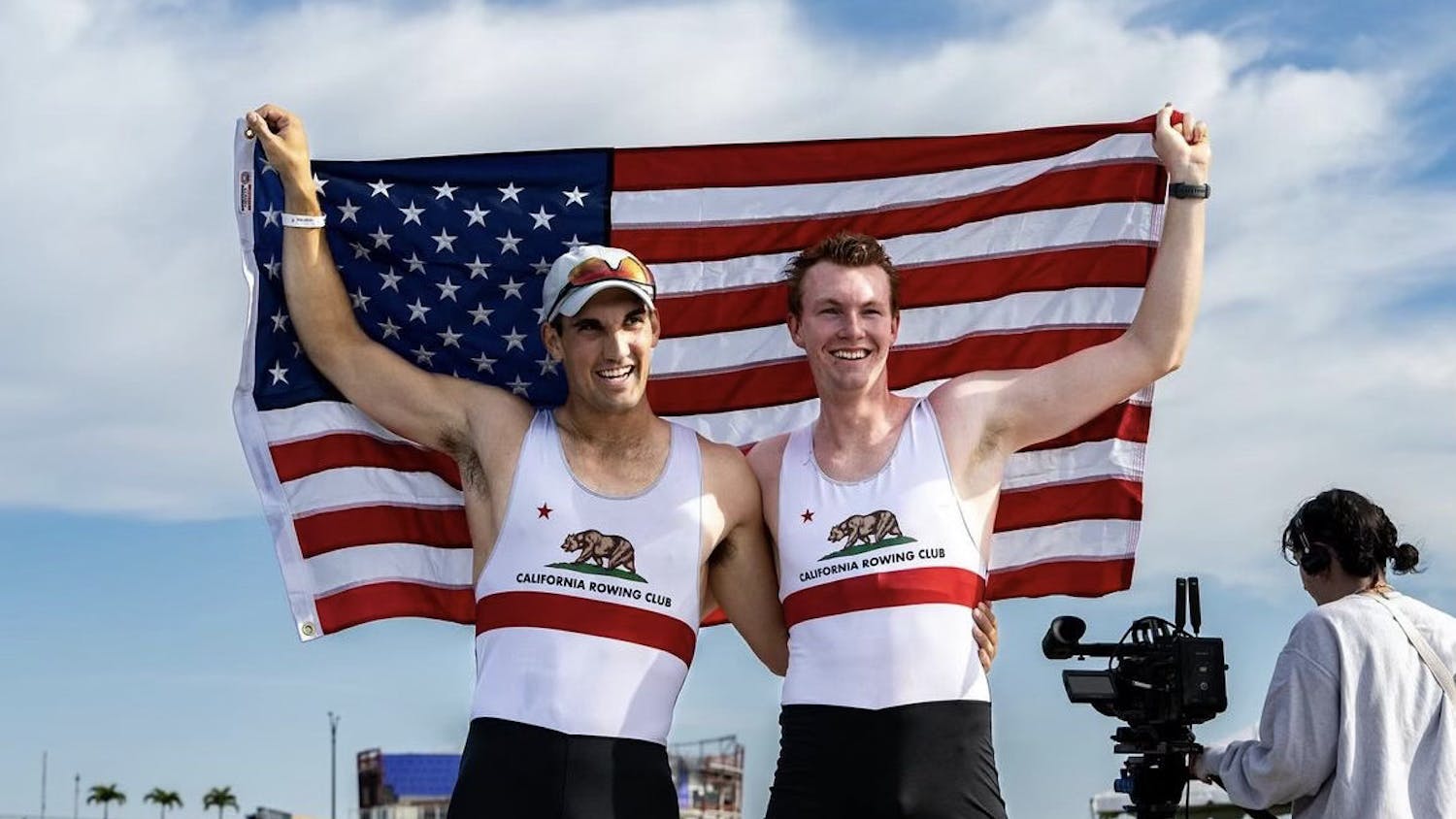As fall gets underway, the rowing team heads back onto the Connecticut river, hoping to take the next step toward success and prominence. The team is powered by the athletes who row in the top boats, which typically feature individuals who have competed in rowing at a high level for a long time. But unlike most Division I sports, the Dartmouth rowing teams rely heavily on athletes who are not recruits but walk-ons.
Although some sports have various technical aspects that require years of practice to perfect particular skills, rowing is a fairly simple sport to learn.
“You do the same motion over and over and over again,” said Linda Muri, women’s rowing head coach. “We try to take advantage of that, because you can pick it up if you are someone with an athletic background.”
This is not the case for other sports such as hockey, soccer, lacrosse or basketball, which rarely feature players who pick up the sport as late as high school or even college. While it is not impossible to start as an adult, the skill sets required for those sports often necessitate playing and specializing them from a young age in order to be successful at the college level. However, certain sports such as rowing or track and field work in almost the opposite way. In sports that are mainly dependent on raw strength and natural physique, it is usually challenging to determine when and how athletes will develop. That’s why it’s not necessarily a disadvantage to start rowing in college.
In fact, Muri called rowing a late entry sport and naturally a bit different from sports that rely on technical skill.
“Rowing you can start in high school, and some people have not fully developed,” she said. “So you’re trying to figure out ‘who can make it happen.’”
This means that key contributors can emerge down the road and compete alongside recruited student-athletes in top boats. The team’s top boats at NCAA championships the past two years had walk-ons who had no prior experience.
Muri preached patience as the key to success and detailed the long process that begins every fall with a team of recruits and walk-ons — some of whom have never taken a stroke in the water. Muri introduces new rowers to the sport through modified practices early in the season to help teach them the right stroke and prevent injury. At the end of the fall season, all rowers will get the chance to compete in the novice race to determine whether they feel they are on level footing with the more experienced rowers.
Although some walk-on rowers may not perform as well as those who have competed in the sport for years, that is typical for these athletes. Muri said walk-on rowers will take about two years before coming into their own. At that point, she said, it is difficult to identify the athletes who were recruited and those who were not.
However, men’s lightweight coach Sean Healey has a different team philosophy regarding walk-ons. To him, the recruited athletes drive the program’s success. Because of the nature of the sport and its dependence on physical strength, the new recruits can step into boats and make an immediate impact because of the years of experience they bring. The sport may also attract athletes with a running or skiing background, but they need to also pick up the technical side, Healey added.
Even if Healey relies on recruits to drive the lightweight program, it is not uncommon for walk-ons to ramp up the competition for the Varsity 1 and 2 boats, the top boats that race for the team. This year. Robert Van Voorhis ’18 is shining as a top rower who walked onto the team in 2014. Van Voorhis, who Healey described as a natural athlete with a knack for “boat feel,” will be competing for a spot in the team’s top boat. He and the rest of the lightweight team will have until the team’s first competition to prove themselves worthy of the top slot .
All three Big Green rowing teams will open the 2016 fall season on Oct. 22 with the Head of the Charles race in Boston followed by the Princeton Chase at Princeton University on Oct. 30.


